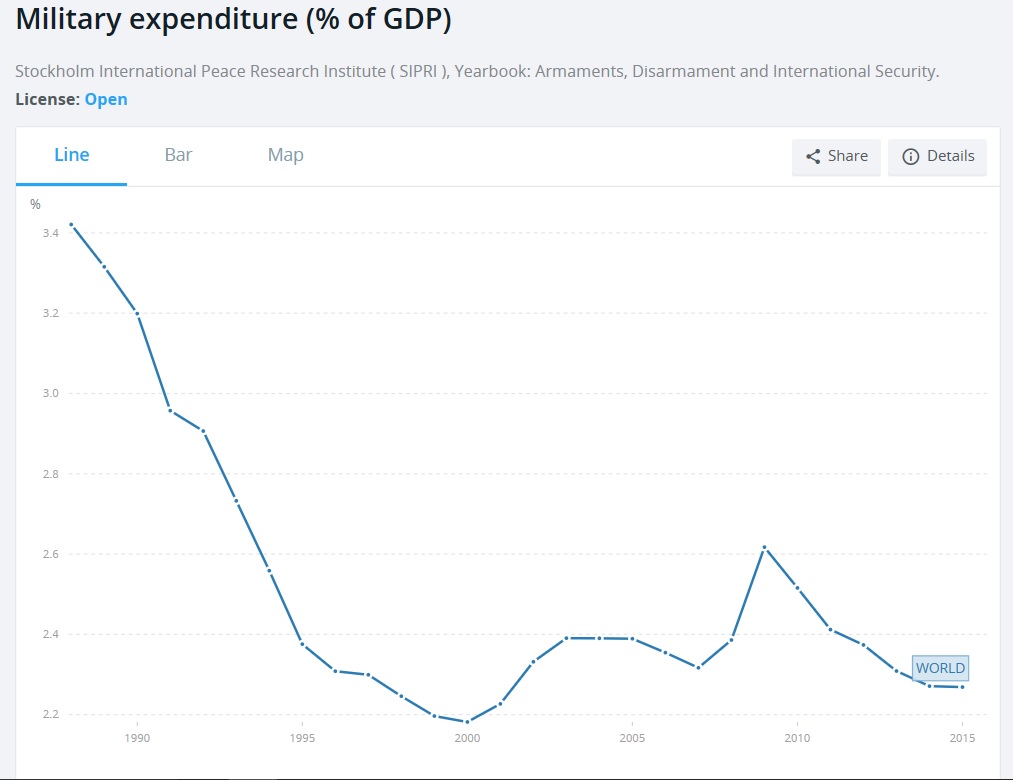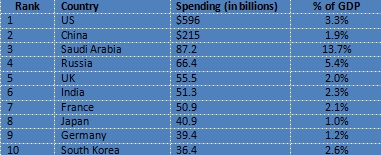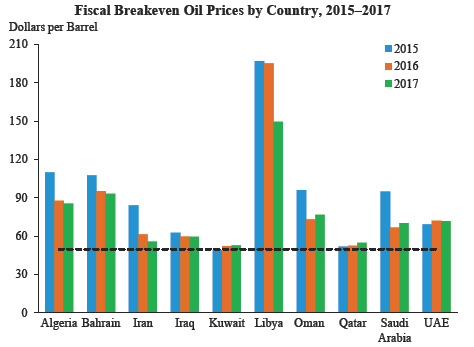Following the Military Money, Confusing China & Breaking Bad with Oil
This week, two technological advances caught our bleary, head-cold ridden eyes. First, is a huge advance by Google in translation capability. The company used its A.I. technology to radically improve its translation services. Try it out and you’ll see the translation is remarkably better. In fact, the New York Times reports, “The A.I. system had demonstrated overnight improvements roughly equal to the total gains the old one had accrued over its entire lifetime.” This will be transformative (and mean the loss of more jobs). But, we guess the second technological event we saw in the news got far more attention, and perhaps with good reason. A drone captured video of an orca killing a shark. Not even A.I. can trump sharks, especially one being eaten by a killer whale. Thirty years from now when A.I.’s rule the world, they are likely to spend most of their time on shark videos just as today humans do on cat videos. But neither sharks nor A.I. prevent us from following military spending, continuing to be baffled by China and breaking bad on oil. It’s this week’s International Need to Know, searching the seven seas for all the important international information you need to know.
Without further ado, here’s what you need to know.
Follow the Defense Money
As we have noted before, the world order is in flux with new leaders, Brexit, protests and other events and trends that are shaking up the post World War II global infrastructure. What the new order or chaos will look like it is too soon to tell. One possible trend that could be altered is the amount spent on militaries around the world. Our good friends at the World Bank have documented in the chart below that military spending has been decreasing as a percentage of GDP. In fact, such spending around the world has dropped precipitously since the end of the Cold War with brief increases after 9/11 and strangely enough during the height of the financial crisis. With the U.S. apparently retreating from its global leadership role, will we see a new spike in the coming years? Will countries be able to afford such expenditures? Note the percentage of GDP Saudi Arabia spends on its military in the second chart below and keep it handy when reading the last story of this missive.


Nobody Understands China
The world is atwitter (perhaps appropriate given our tweeting president-elect) about China-U.S. relations. It’s anyone’s guess what the new administration will do and how China will react. But it’s also anyone’s guess what’s going on in China’s economy right now. We are confused ourselves, even more than usual. We continue to see large capital outflows out of China with Goldman Sachs stating that nearly $70 billion exited China in November, well above the previous monthly pace of $50 billion since June. I recently asked a China expert whether wealthy Chinese are taking their money out of China because of political or economic concerns. He smiled and said to me, “there is no difference between politics and the economy in China today.” At the same time, however, the Chinese economy appears to be growing at a robust pace when we look at underlying economic numbers. For example, China’s freight volumes rose 13.9% year over year, up for the fourth straight month. Meanwhile, real estate prices in cities continue to go up, making some Chinese cities home to some of the most expensive real estate in the world. But on the economists’ fourth hand, as Christopher Balding points out, “China’s bond market has suffered its biggest rout in years, with yields on 10-year sovereigns rising from 2.6 percent in October to nearly 3.5 percent after the Fed hiked rates.“ What does all this add up to? We admit we don’t understand China, today perhaps more than ever. China is like William Goldman’s Hollywood, “No one knows anything.”
Breaking Bad with Oil
The annual Economic Report of the President came out earlier this week and it is chock full of interesting charts and data and not just those concentrated on the U.S. There’s a helpful chart we show below displaying what price oil needs to be for various oil producing countries to break even. Currently oil is around $55 per barrel. That’s not high enough for most of these countries. They either become more efficient at producing oil, the price of oil rises, or these countries will face continued economic pressure with all the ensuing consequences. As we’ve written before, we will be unsurprised by short term spikes in the price of oil, but because of technological forces (falling cost of solar, advances in storage and more), the price of oil in the mid and long term is fated to be low.



Leave a Reply
Want to join the discussion?Feel free to contribute!